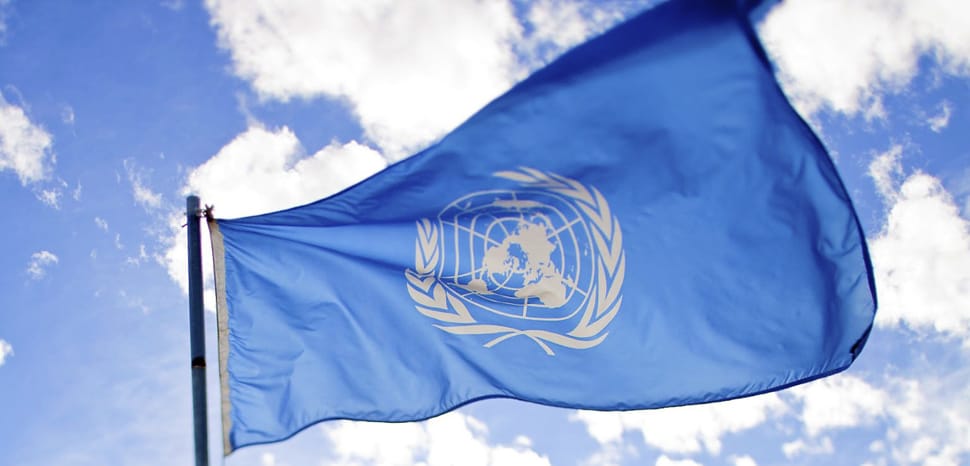The law of sea is a body of public international law that governs the geographical jurisdictions of coastal states, as well as the rights and obligations of states in the use and conservation of the ocean environment and its natural resources. It is most commonly associated with the United Nations Convention on the Law of the Sea (UNCLOS), an international treaty negotiated under the auspices of the United Nations and signed in 1982 by 117 states before entering into force in 1994. Territorial waters, contiguous zones, exclusive economic zones (EEZs), continental shelves, high seas freedoms, marine scientific research, fisheries management, and marine environmental protection are all addressed in the treaty.
What is the Origin of the Law of Sea?
Hugo Grotius, known as the “Father of International Law,” was instrumental in developing maritime law concepts. There was a doctrine known as “freedom of the seas” in the 17th century. The sea is accessible to all states under this law, but the sea/ocean does not belong to any conditions. The sea law is constantly changing.
Previously, there was a disagreement between “the free sea” and “the open sea.” Because of technological advancements, many states made jurisdictional claims to use, conserve, and protect the sea during the twentieth century. The law, which included 320 articles, nine annexes, and four resolutions, was adopted by the United Nations in 1982.
- It broadened the scope of sea-related issues.
- The territorial sea was extended to 12 nautical miles.
- It provides states with jurisdictional resolution when necessary.
- It explains how the international tribunal for the law of the sea was established to handle its disputes.
What is UNCLOS?
The United Nations Convention on the Law of the Sea (UNCLOS) is a treaty that establishes a legal framework for all marine and maritime activities. It was drafted under the auspices of the United Nations and was the outcome of the third United Nations Conference on the Law of the Sea (UNCLOS III), which took place between 1973 and 19822. UNCLOS is ratified by 167 countries and the European Union as of June 2016.

What is the purpose of this convention?
- The convention establishes several maritime zones. Specifically, the baseline, territorial waters, contiguous zone, exclusive economic zone, continental shelf, and international seabed area.
- The exclusive economic zone is international water that each country can access and use for economic purposes. It is currently the most important sea law.
- In these international waters, there is no limit or boundary set for commercial or marine business.
What are “exclusive economic zones”?
According to the 1982 United Nations Convention on the Law of the Sea, an “exclusive economic zone” (EEZ) is an area of the sea in which a sovereign state has special rights regarding the exploration and use of marine resources, including energy production from water and wind. In general, a state’s exclusive economic zone is defined as an area beyond and adjacent to its territorial sea that extends seaward to a distance of no more than 200 nautical miles (370 kilometers) from its coastal baseline. The only exception to this rule is when state coastal baselines are less than 400 nautical miles (740 kilometers) apart.
Territorial rules governing the law of sea
The Law of the Seas was not codified under Customary International Law because the ocean was considered an important maritime property at the time, through which countries could claim their sovereignty, open up new trading rules, and capture new territories with the help of trading companies or powerful navels.
Nonetheless, by the 17th century, a Customary International Law began to emerge among countries, which categorically stated that a country’s territorial limit from the coastal sea shall be limited to 3 nautical miles, under which the Country shall exercise absolute jurisdiction, and no foreign vessels or ships will be permitted within that territory, except under certain restricted conditions.
This 3-mile rule was known as the “cannon-shot rule,” and the restrictions placed on foreign ships entering a host’s territorial waters were known as the “Doctrine of innocent passage,” and if a foreign vessel was exercising the doctrine of innocent passage, no conditions were allowed to run any over or over operations against the host State’s territorial integrity.
Position of India on territorial waters
Article 297 of the Indian Constitution and laws on waters, continental shelf, EEZ, and other maritime zones govern India’s position on the Law of the Sea. Indian sovereignty over the waters and seabed, as well as the land and airspace above those waters, is defined by maritime zone law. A boundary line area is defined as each point being 12 nautical miles from the closest point to the baseline. All foreign vessels have the right of free passage through territorial waters.
Other related posts:
International Trade : Motive, Scope, Benefits



